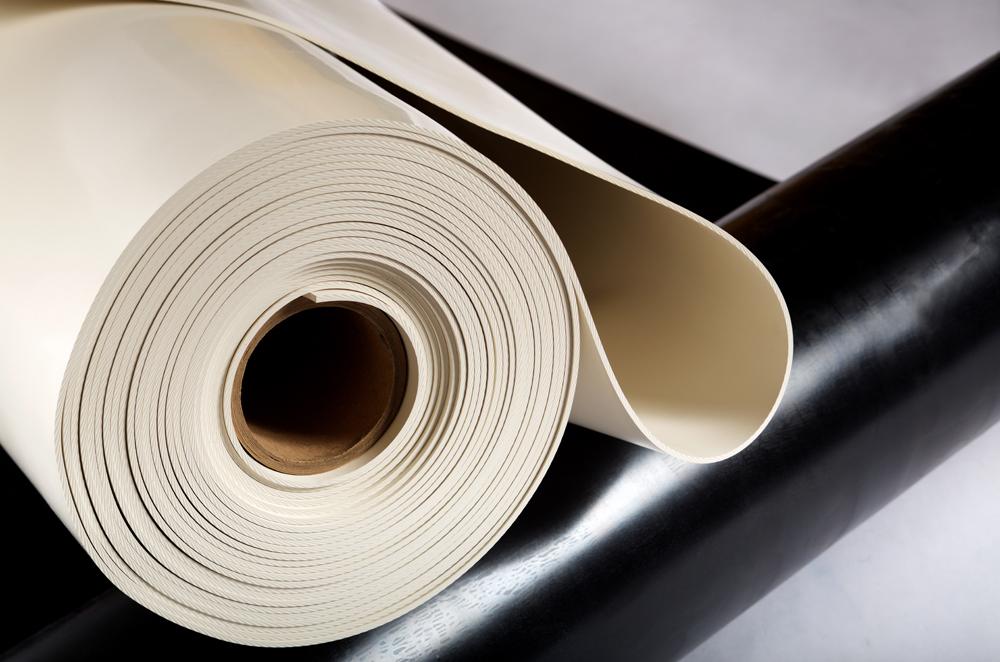Ethylene and propylene are key hydrocarbon gas feedstocks widely used in the petrochemical industry to manufacture important plastics, fibers, and other industrial products. Both gases are obtained primarily through the steam cracking of petroleum feedstocks such as naphtha, gas oil, liquefied petroleum gas (LPG), and natural gas liquids in petroleum refineries and dedicated gas cracker units.
Steam cracking, also known as thermal cracking, involves heating the hydrocarbon feedstock in the presence of steam to temperatures between 700 to 900 °C in tubular furnaces. This process causes the long-chain hydrocarbon molecules to break down into shorter fragments through pyrolysis reactions. The resulting product streams contain varying amounts of ethylene, propylene, butadiene, and other lower alkenes depending on the feedstock composition and cracking severity. Overall, steam cracking is a cost-effective process for producing large volumes of basic petrochemicals and generating fuel gases.
Uses of Ethylene
Ethylene is the world's most widely produced organic compound and feeds important polymers, resins, and fibers. It serves as the basic building block for polyethylene, the highest volume plastic globally. Low-density, linear low-density, medium-density, high-density, cross-linked Ethylene And Propylene and other specialized grades find uses in film, bags, bottles, containers, pipes, and other applications due to their versatility, strength, impermeability to gases, and resistance to fats and solvents.
Ethylene is also used to manufacture ethylene oxide and ethylene glycol on an industrial scale. Ethylene oxide is primarily used to produce ethylene glycol for antifreeze, fibers, resins, and plastic bottles. Ethylene is also critical in the synthesis of ethylene dichloride, an important precursor to polyvinyl chloride (PVC) used in piping, siding, windows, and other construction products. Other derivatives include ethylbenzene, an intermediate in styrene production for polymers and elastomers.
Uses of Propylene
Propylene serves as a basic building block chemical for a variety of industrial uses, most notably polypropylene polymers and copolymers. Polypropylene is a lightweight plastic used extensively in reusable consumer packaging, caps and closures, automotive components, consumer goods, textiles like ropes and fibers, and specialty applications. Polypropylene is highly resistant to corrosion, chemicals, and moisture. Isotactic polypropylene is the most common type and has high tensile strength and rigidity.
Beyond polypropylene production, propylene is further processed to obtain acrylonitrile and cumene. Acrylonitrile is used to synthesize acrylic fibers and plastics as well as nitrile rubber. Cumene, in turn, is a precursor in the manufacture of phenol and acetone. Phenol is used to synthesize resins, epoxy resins, and nylon while acetone has applications as a solvent and in civil engineering. Propylene oxide is another derivative finding uses as a chemical intermediate and industrial solvent. Propylene also contributes to propylene glycol, which is employed as a humectant in foods and personal care products.
Get more insights on Ethylene And Propylene



